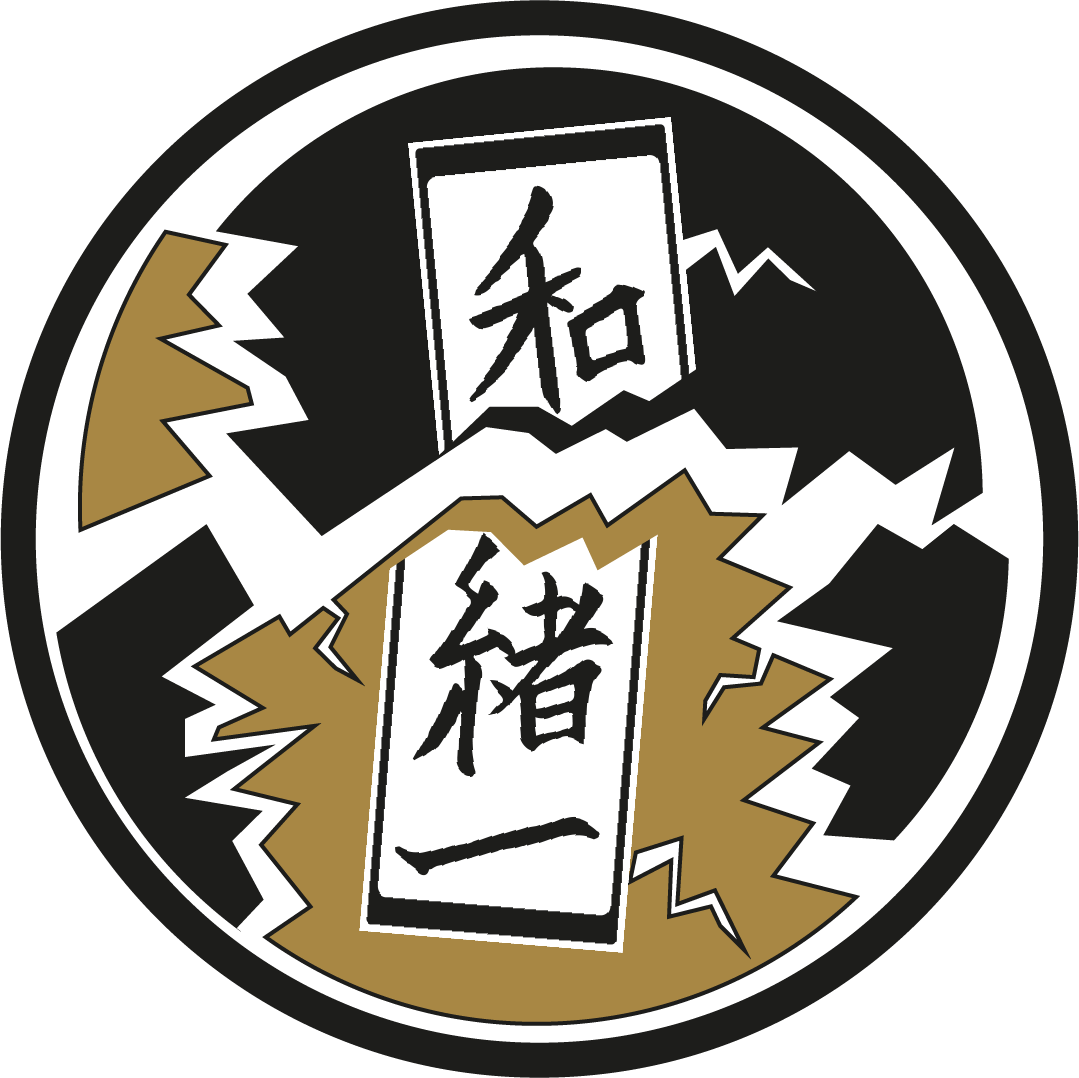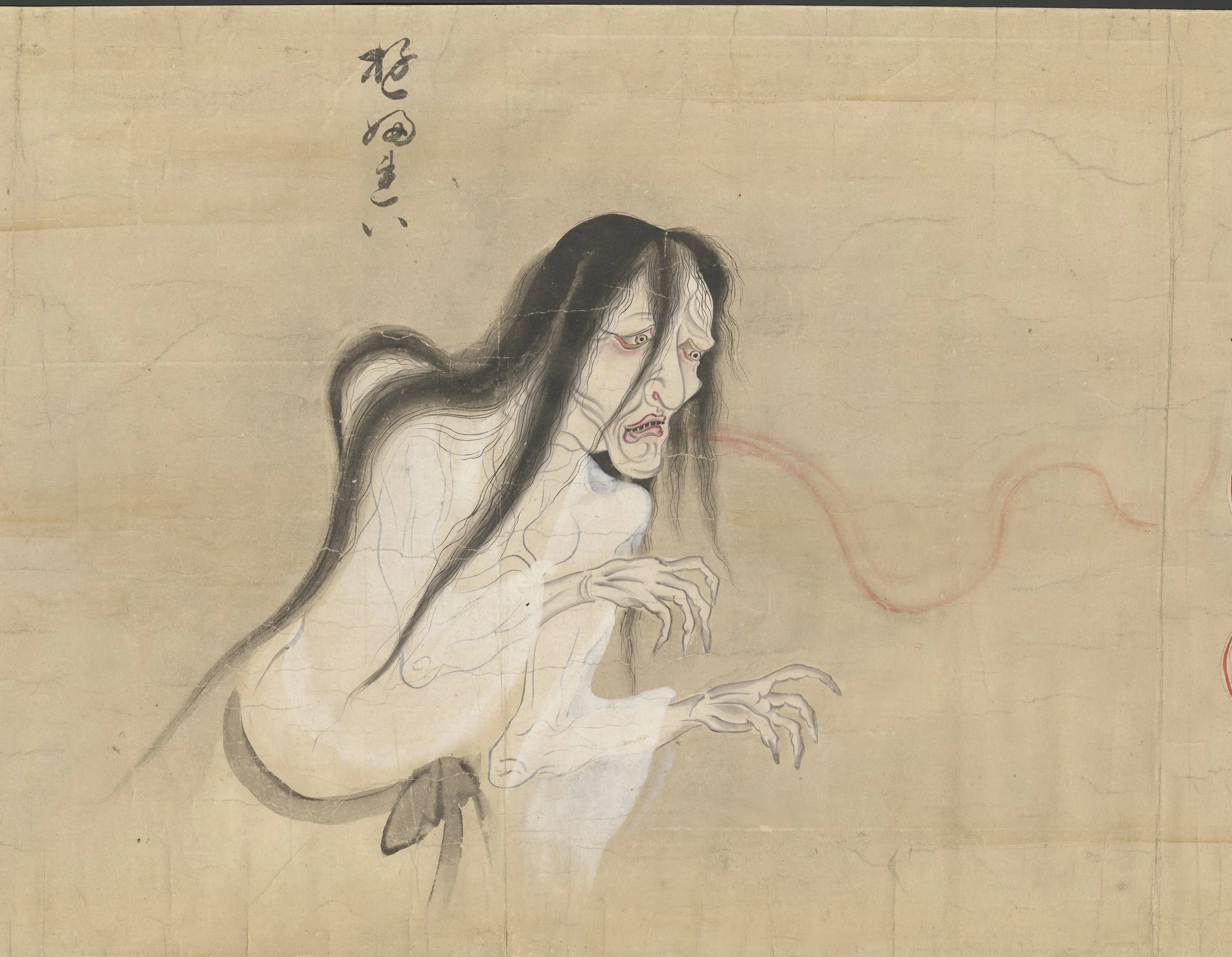The Roots of J-Horror Movies
Many of us love horror stories, myself included. Ghosts, monsters or goblins are characters that I have always been very passionate about.
I have seen many horror movies, good and bad. However, I think that to this day the story that has left me most open-mouthed has been ''Ringu'' リング (1998), The Ring. Its aesthetics, the way it is filmed, the colors and the fear that it transmits are unique, especially if you are quite young when you see it for the first time. This film is part of a Japanese cinematographic genre called J-Horror, very popular during the 90s.
In this blog post we will discover the roots of contemporary J-horror cinema, how this genre evolved and why its essence is still popular today.
All cultures explore and explain the world through stories to make sense of our life. These tales are made of unexplainable events that belong to the supernatural realm and go beyond our understanding but allow us to figure out a possible view of how the universe works. As humans, we question our existence and also wonder how the afterlife is. The stories, however, differ from area to area – the supernatural beings popular in South America are obviously represented differently in Europe.
In Japan, according to the Shinto system of beliefs, when a human being dies, he or she becomes a spirit. To make the spirit reach the afterlife, the living relatives must accompany and watch over the spirit during their journey through purification rituals. Once the deceased overcomes all obstacles, this ancestor will watch over the lives of mortals on Earth and protect them from evil.
For the Japanese, the belief in the supernatural is plentiful and includes also various kinds of monsters, demons, ghosts, and inanimate objects. Horror folktales were popular in the Japanese tradition and are still portrayed today in movies, animation, and books.
A popular variety of horror tales are those that have ghosts yūrei 幽霊as main characters. The word ‘yūrei’ consists of the kanji yū (幽 - dark) and rei (霊 - soul).
Yūrei ゆふれい from Bakemono no e (化物之繪, c. 1700), Harry F. Bruning Collection of Japanese Books and Manuscripts, L. Tom Perry Special Collections, Harold B. Lee Library, ©Brigham Young University.
A yūrei always has a human form without feet, floating in the air. They also have long flowing black hair and wear a white kimono used during funeral rituals. They may also have some deformity, as they take the form they had just before they died.
Within the category of yūrei, there are several specific types of ghosts, classified mainly by the way they died or their reason for returning to earth. The most known is onryō 怨霊, vengeful ghosts that return from the afterlife to settle accounts with those who caused their death.
Onryō is a central figure in numerous kaidan 怪談, which are myths and folktales dating back to the Edo period (1603–1867). Kaidan consists of two kanji: kai 怪meaning ‘strange, mysterious, rare, or bewitching apparition’ and dan 談meaning ‘talk’ or ‘recited narrative’. These folktales reflect the values and superstitions that dominated premodern Japan, and the most popular ones are those in which the protagonists are servants or women who are victimized and brutally murdered.
Woodblock print of Onoe Kikugoro III as the Ghost of Oiwa in the play Yotsuya Kaidan by Utagawa Kuniyoshi. ©Utagawa Kuniyoshi
For example, Ghost Story of Yotsuya (Tōkaidō Yotsuya Kaidan) tells the story of Iemon, who murders his young wife, Oiwa, to finish his marriage and engage with another woman. Oiwa returns to life as onryō and seeks vengeance against her faithless husband.
Other varieties of kaidan have male yūrei as the main characters. In contrast to the female yūrei, male ghosts are portrayed as fallen warriors who came back to life motivated by sadness and melancholy towards what they left behind. In these folk stories they do not look for revenge, which is also because male yūrei were associated with the spirits of heroes killed in battle. In the case of female spirits, their characters are more vivid and have emotional qualities, showing confusion or anger. They are not the spirits of heroes but victims.
Like the Ghost Story of Yotsuya, kaidan with the revenge plotline were very popular during the Edo period, which trends has endured through the centuries until today. Onryō ghosts have appeared in multiple cultural forms such as woodcut prints (ukiyo-e), classical theater (kabuki), and films. As in kaidan, depictions of these spirits in kabuki and ukiyo-e were grotesque and bizarre, something that can be appreciated in contemporary Japanese horror movies such as The Ring and Ju-On: The Grudge, in which an unquiet spirit haunts the world of the living, driven by anger and a thirst for revenge.
J-horror, as we know it today, had always had a peculiar terrific charm if we compare the Japanese narrative and cinematic representation with those of the Western notions of horror. If you have watched movies like The Ring or Ju-on: The Grudge, their narrative can be traced back to the Edo period. They were so popular during the 2000s that even the American versions of them appeared on the big screen. They did, however, differ from their Japanese counterparts. How?
Well, that will be the topic of the part two of this brief cinematic analysis of J-horror. Stay tuned!
Written by Manuel Jose Flores Aguilar


